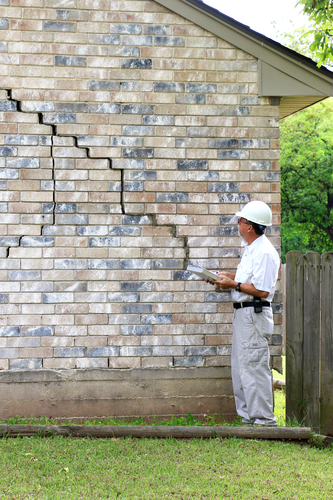 Florida’s Construction Defect Statute provides an opportunity to resolve construction defect claims prior to litigation. It was instituted to streamline construction defect claims and encourage early alternative dispute resolution.
Florida’s Construction Defect Statute provides an opportunity to resolve construction defect claims prior to litigation. It was instituted to streamline construction defect claims and encourage early alternative dispute resolution.
Pursuant to Chapter 558, a claimant must serve a written notice of construction defect claim prior to bringing an action. The question of whether such notice constituted a “suit” triggering insurance coverage has been an unresolved question.
On December 14, 2017, the Florida Supreme Court resolved this question, holding that a Chapter 558 notice of construction defect constitutes a “suit” within the definition of a standard commercial general liability policy, triggering a duty to defend. [Altman Contractors v. Crum & Forster Specialty Insurance, 232 So. 3d 273 (Fla. 2017)]
Background and Facts of Case
Altman was the general contractor for a South Florida high-rise condominium. Crum & Forster insured Altman through a commercial general liability policy with language including the following, “We will pay those sums that the insured becomes legally obligated to pay as damages because of ‘bodily injury’ or ‘property damage’ to which this insurance applies. We will have the right and duty to defend the insured against any ‘suit’ seeking those damages.”
When the condominium served Altman with notices of claim pursuant to Chapter 558, covering over 800 defects, Altman noticed its insurance carrier and demanded defense and indemnification. The carrier denied the notice, saying that the Chapter 558 process did not constitute a “suit” within the meaning of the policy.
The Florida Supreme Court concluded that the Chapter 558 process is included in the policy’s definition of a suit as an “alternative dispute resolution proceeding” triggering a duty to defend if the insurer consented to the contractor’s participation in the process.
Impact of Decision
The Altman decision is beneficial for contractors who will be entitled to early involvement in the claim prior to the time a suit is filed. Many insurers already are engaged in pre-suit negotiations for construction defect disputes, and the Altman decision will encourage that trend.
Contractors should be prepared for this earlier involvement, providing more detailed information for the Chapter 558 process, such as information on the specific construction scope of work, the claimed damage from those defects, and compliance with the applicable building code, plans, and specifications.